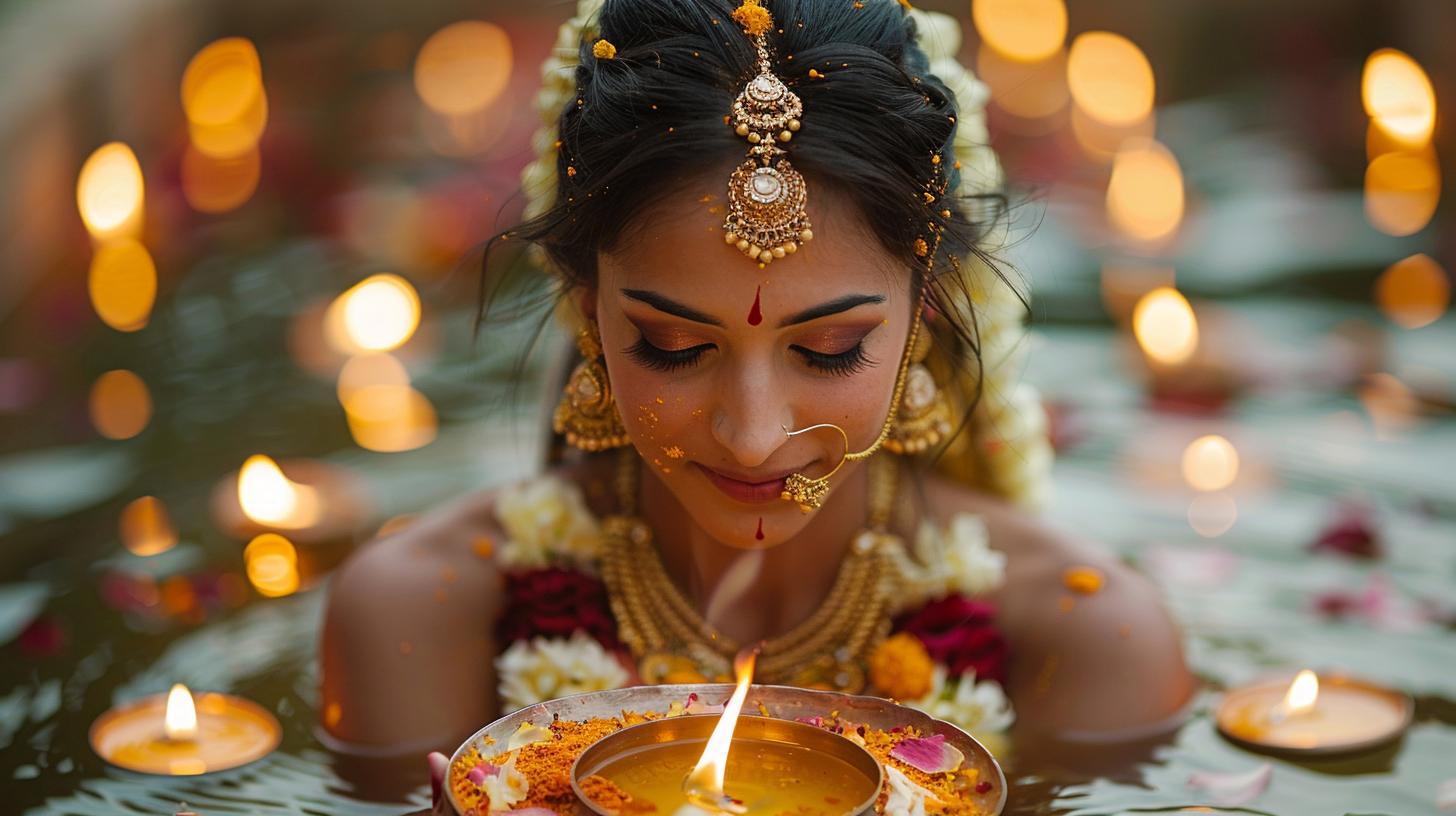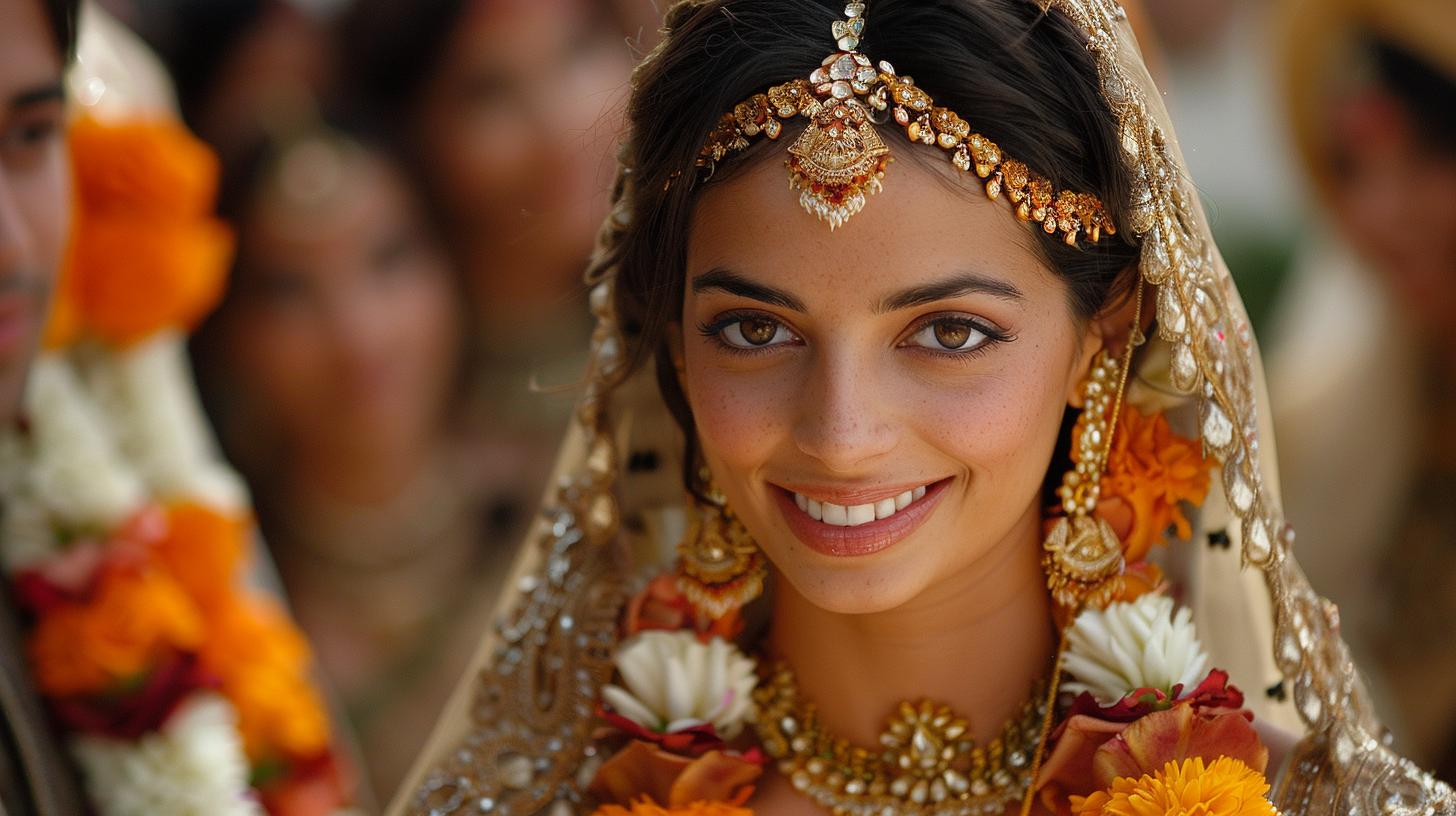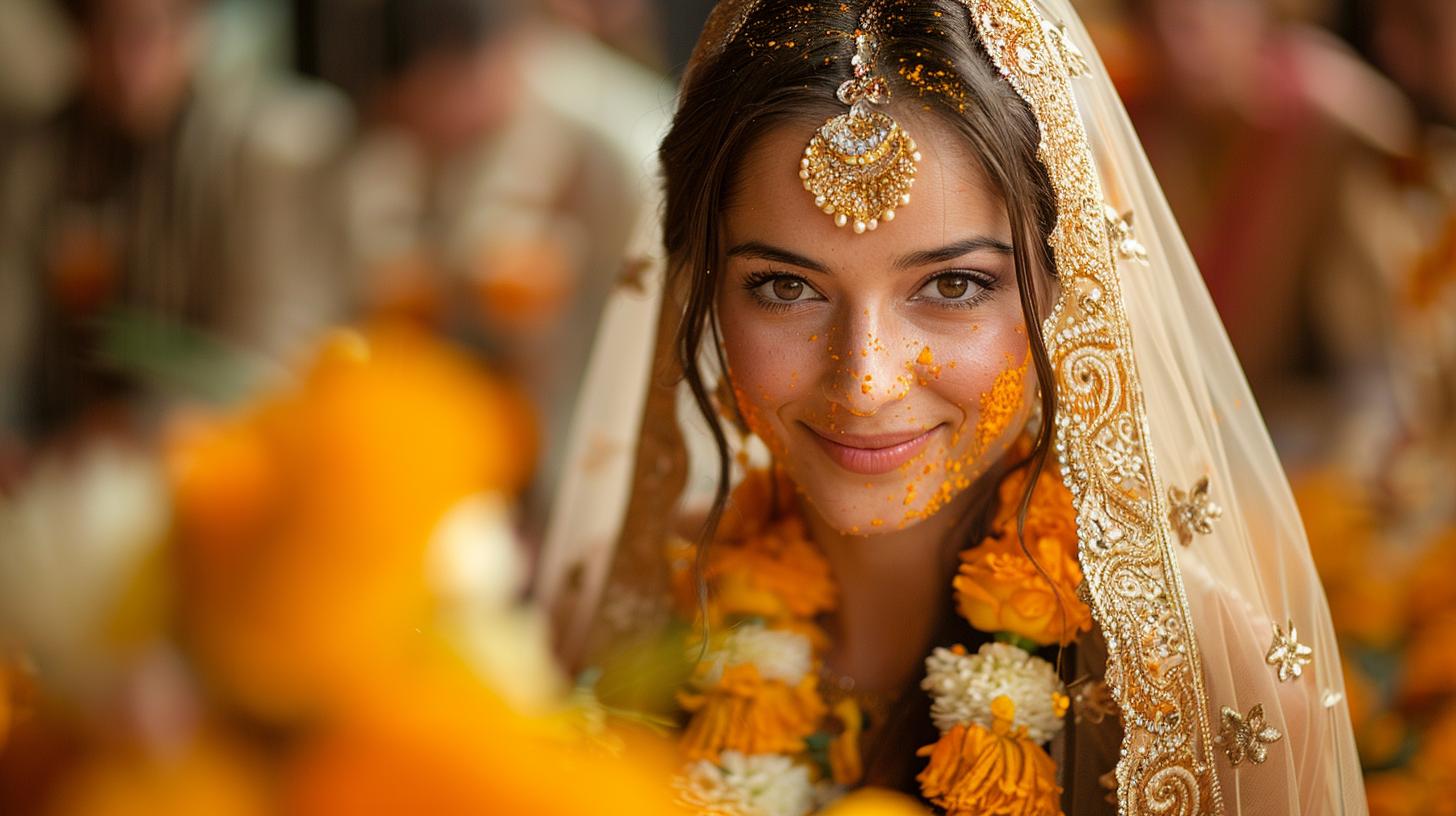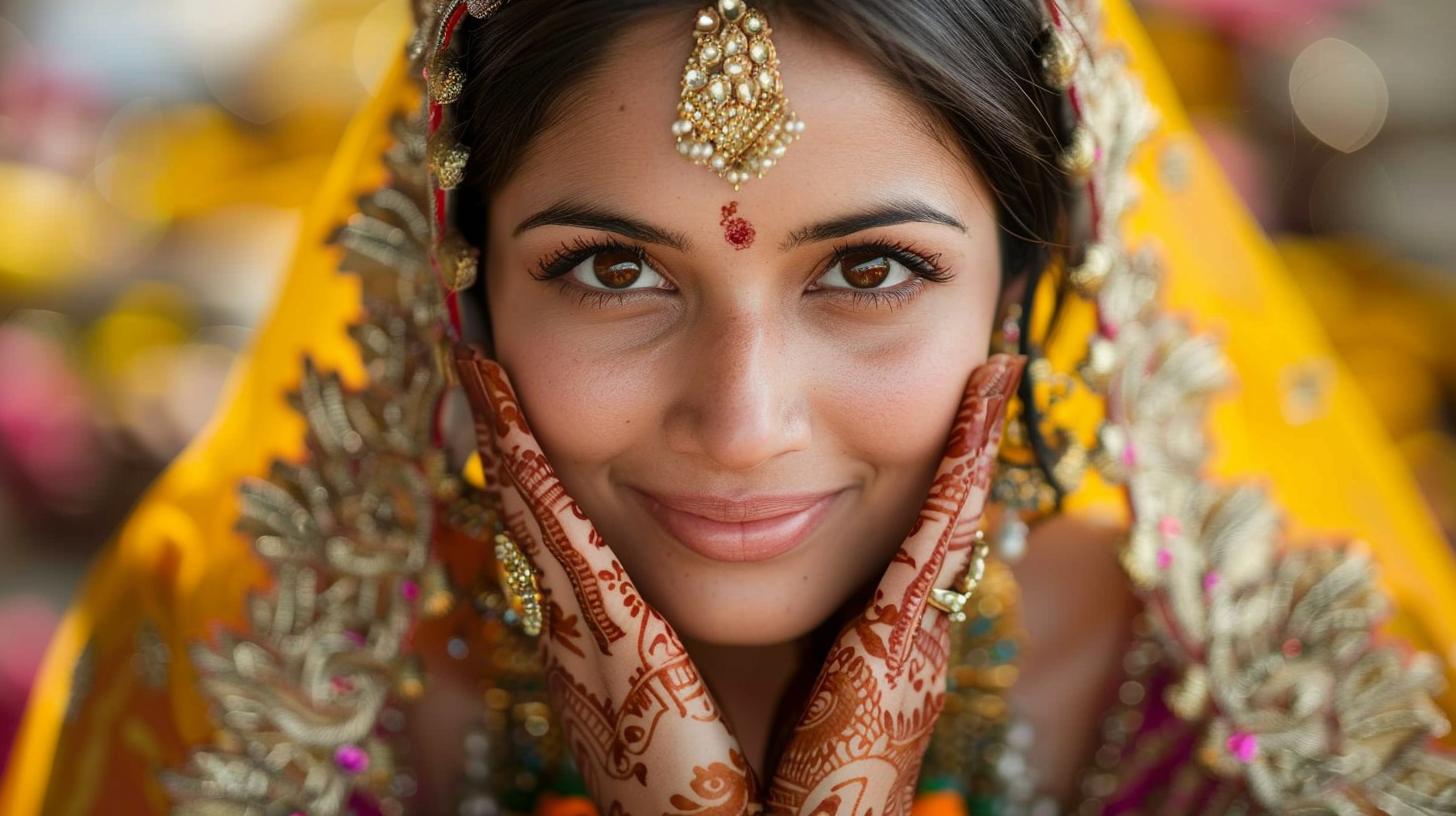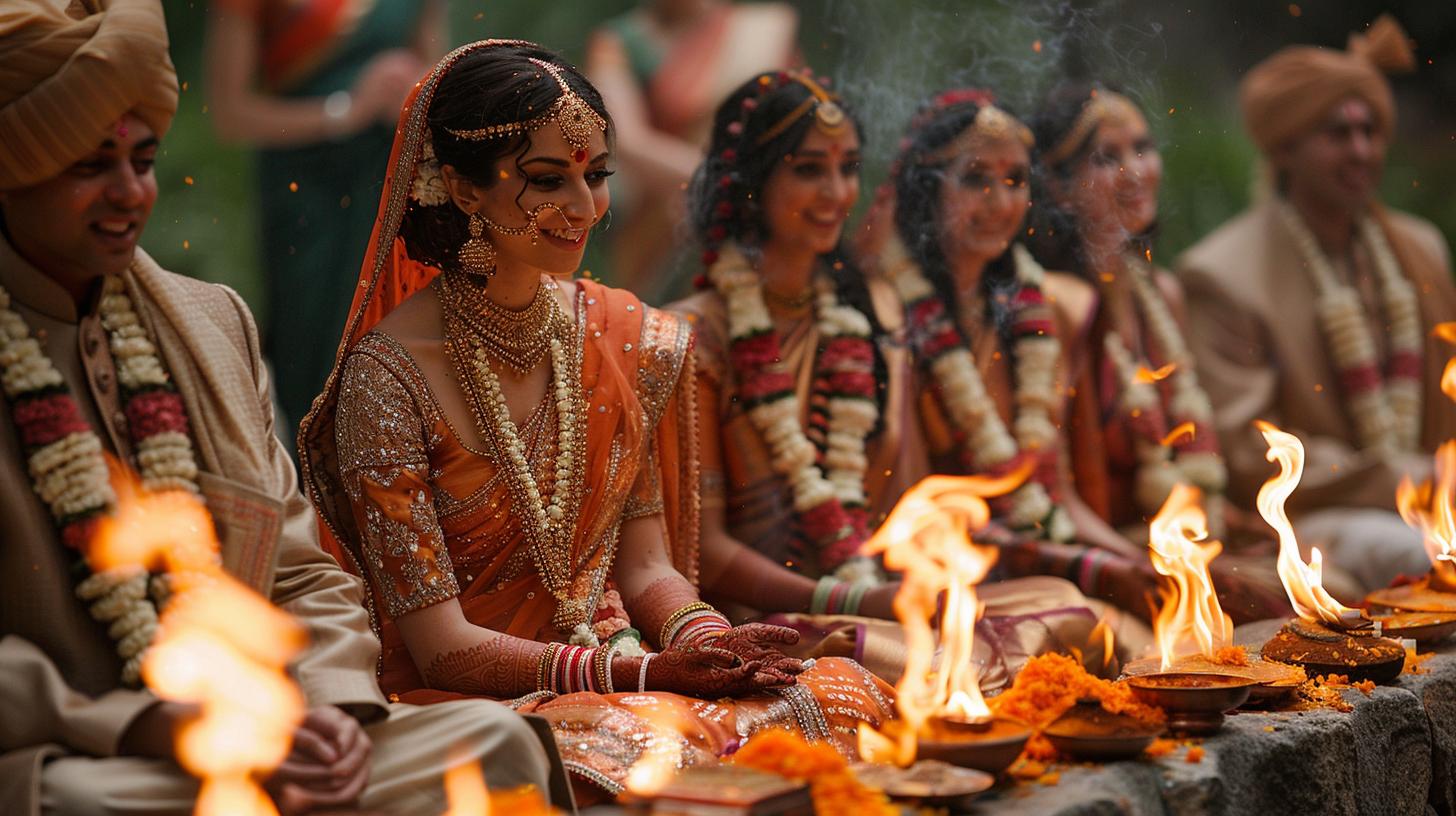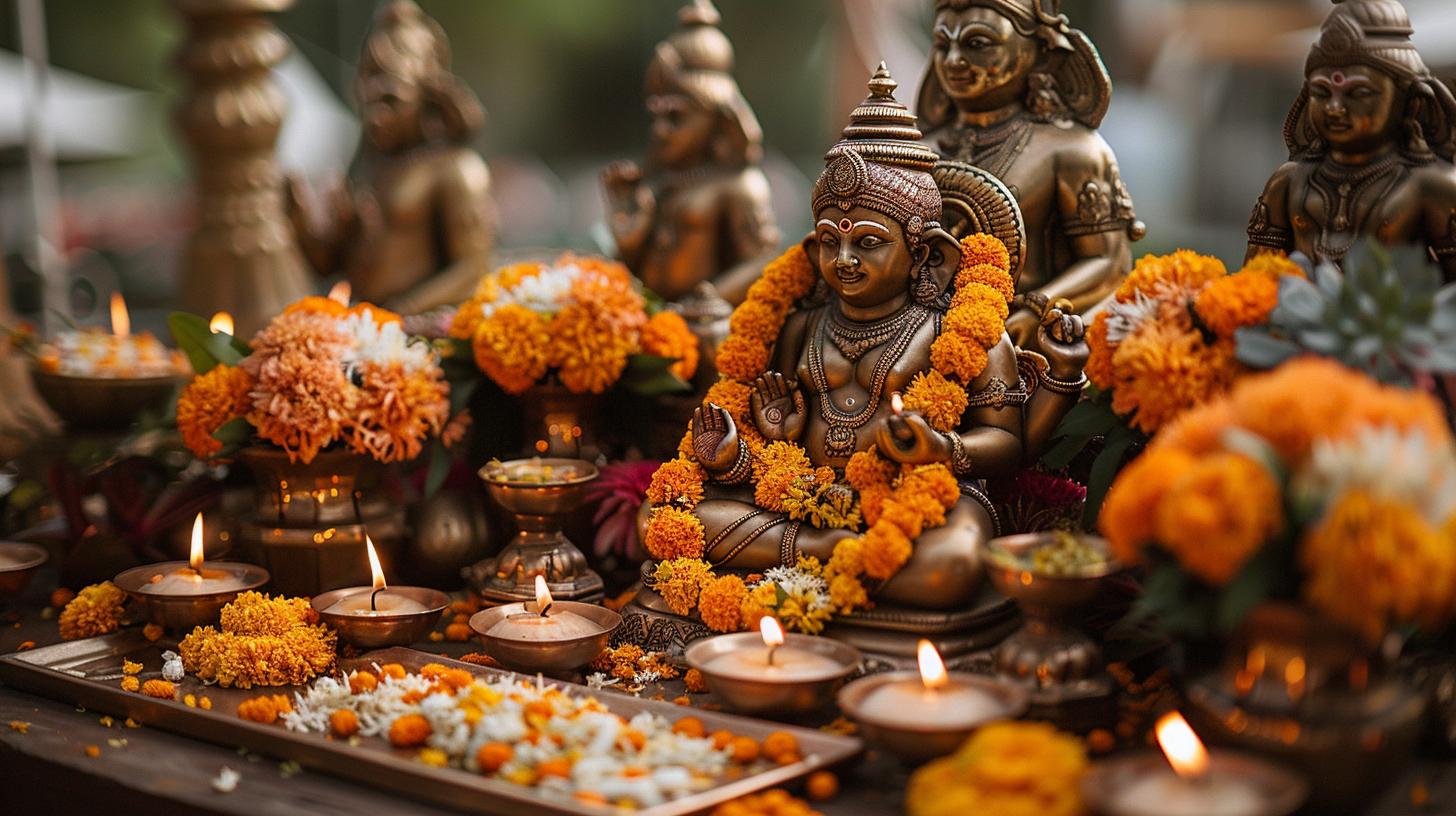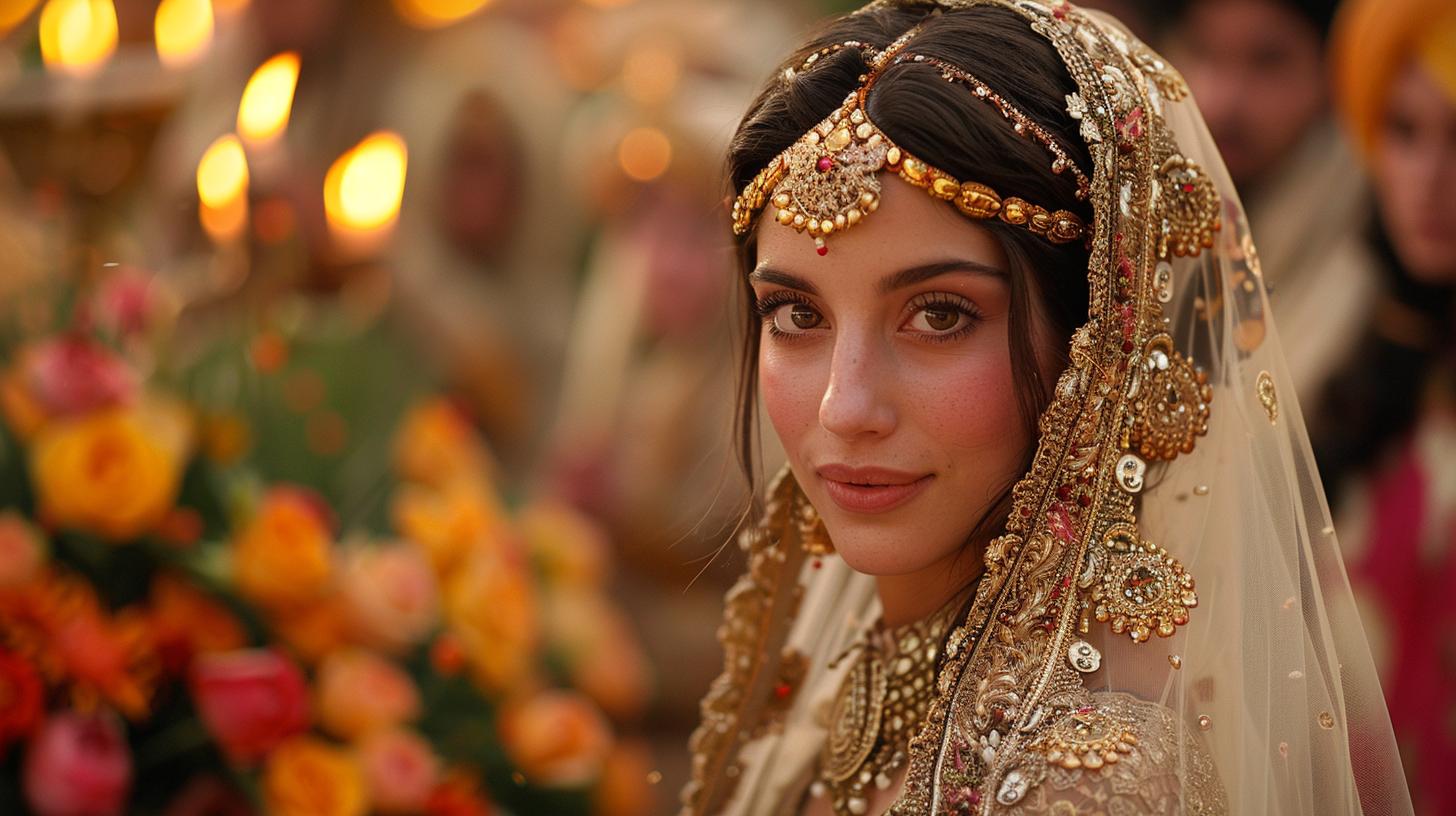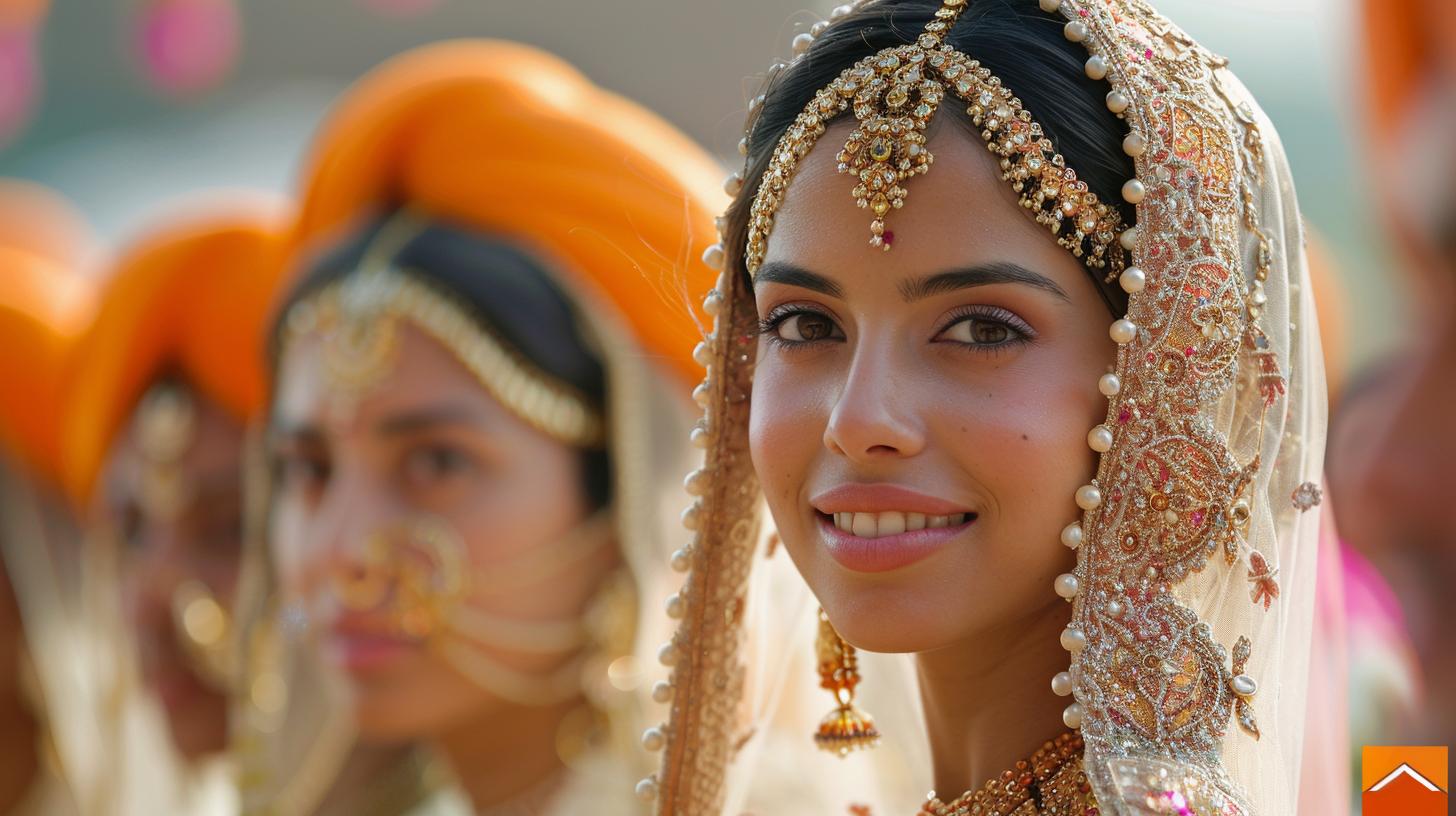Indian Wedding Traditions In America: A Comprehensive Guide
Indian Wedding Traditions in America are rich in cultural significance and diverse customs. From pre-wedding ceremonies like Mehndi and Sangeet to the vibrant attire and elaborate decorations on the wedding day, each element holds special meaning.
The couple will often incorporate various elements that represent their personal backgrounds and beliefs, enriching the experience for all involved. Some Native American traditions, for example, may be interwoven into these celebrations, highlighting the diversity of cultural practices within the United States.
In fact, many Native American weddings reflect similar themes of unity and love, showcasing how these traditions coexist and enrich the tapestry of American culture.
The rituals during the wedding ceremony, such as the exchange of garlands and the Saptapadi vows, symbolize the union of souls in marriage.
Indian weddings in America blend traditional elements with modern celebrations, creating a unique and memorable experience for all involved. In many Native American tribes, similar values of union and commitment are celebrated through unique customs, making the essence of love even more profound during the ceremony.
For instance, the blanket ceremony observed in native traditions highlights the significance of unity, where the couple is wrapped in a blanket, symbolizing their new life together.
Overview of Indian Wedding Traditions
Indian weddings in America bring a vibrant blend of traditions and customs that are deeply rooted in cultural significance and symbolic rituals.
These ceremonies often include elements borrowed from various cultures, showcasing the diversity of the Indian-American experience. For instance, many traditions draw inspiration from the rich heritage of Native American brides, who incorporate their cultural practices into their weddings.
The bride will often wear stunning wedding dresses that reflect both her Indian heritage and the influences of Native American culture, creating a fusion that is both beautiful and meaningful.
Significance of Indian Weddings in America
Indian weddings hold a special place in the hearts of the Indian-American community, serving as a connection to their cultural heritage and a celebration of union and love.
For example, many Native American weddings also emphasize the importance of family and community, mirroring the sentiments found in Indian wedding traditions. During the ceremony, the families come together, ensuring that the legacy of their respective cultures is honored through the marriage ceremony.
The presence of the mother, who plays a vital role in many traditions, adds to the emotional depth of the ceremony.
Traditional Elements in Indian Wedding Ceremonies
The ceremonies are adorned with traditional elements such as vibrant attire, intricate decorations, and rituals that have been passed down through generations, adding a touch of cultural richness to the celebrations.
The bride will often wear beautifully designed wedding dresses that reflect her family’s heritage, while the groom may don traditional attire that complements the bride’s look, showcasing the wedding traditions of both families.
The incorporation of elements such as the vase ritual, which symbolizes fertility and prosperity, further enhances the ceremony’s significance.
Importance of Rituals and Customs
Rituals and customs play a crucial role in Indian weddings, symbolizing values like love, commitment, and familial bonds. These traditions add depth and meaning to the union of two individuals. During this special time, both the families come together, ensuring that the legacy of their respective cultures is honored through the marriage ceremony.
The elders and family members often play a significant role in guiding the couple through these meaningful rituals. The sacred fire, often present during the marriage ceremony, serves as a witness to the vows exchanged, representing the creator’s blessing on the couple’s journey.
Pre-Wedding Traditions in Indian Wedding Celebrations
Mehndi Ceremony and its Significance
The Mehndi Ceremony, also known as the Henna Ceremony, is a festive gathering where intricate henna designs are applied to the hands and feet of the bride. This ritual signifies beauty, joy, and spiritual awakening, preparing the bride for her upcoming union.
The next day, the bride often showcases her henna during the wedding festivities, a beautiful representation of her cultural heritage. In many Native American cultures, the preparation for the wedding is equally significant, often involving family gatherings and traditional foods like corn and other native ingredients.
Sangeet and Tilak Ceremonies
The Sangeet Ceremony is a musical evening of celebration, where family and friends come together to sing, dance, and rejoice in the union of the couple. It is a colorful and lively event filled with traditional music and choreographed dances, reminiscent of the celebrations held in many Native American communities.
During this time, participants may also honor sacred eagle feathers, which are significant in many native traditions. This blending of cultures highlights the importance of unity, as both families come together to celebrate.
The Tilak Ceremony involves the formal acceptance of the groom into the bride’s family, signified by a tilak (vermilion mark) on his forehead. This ritual symbolizes the bond and commitment between the two families, fostering unity and harmony.
As the couple prepares for their wedding day, they embrace both traditional Indian and Native American elements, setting the stage for a beautiful marriage ceremony.
Haldi Ceremony: An Auspicious Pre-Wedding Ritual
The Haldi Ceremony is a sacred pre-wedding ritual where a paste made of turmeric, rose water, and sandalwood is applied to the bride and groom’s skin.
This ritual is believed to ward off evil spirits, purify the couple, and bring them good luck and blessings for their future together. In many cultures, including those of the Cherokee, similar pre-wedding rituals are observed to bless the couple.
The ceremony itself is often marked by the presence of a sacred fire, symbolizing the creator’s blessings on the couple’s new life together. The sacred fire ceremony is a profound moment, as the couple stands before the fire, committing themselves to each other in front of the great spirit.
As the couple exchanges vows, they may also partake in the vase ritual, where they pour water from two spouts into a single vessel, representing their union and the merging of their individual lives.
This unique aspect of the american wedding ceremony beautifully parallels practices found in many native american traditions. The officiant plays a crucial role during this marriage ceremony, guiding the couple through the various steps and ensuring that all traditions are honored.
This ceremony the couple participates in is filled with love and joy, as they promise to support each other in their journey.
Following the ceremony, the reception is a time for celebration with food, music, and dance.
The families come together, each contributing their unique cultural elements to the festivities, much like the many native american tribes that celebrate their weddings with a rich tapestry of traditions. The blending of these elements enriches the event, making it a memorable occasion for everyone involved.
The couple and their families often share stories from real couples about their experiences, which adds a personal touch to the celebrations.
Rituals During the Wedding Ceremony
The exchange of garlands symbolizes the mutual acceptance of the bride and groom. Under the Mandap, the sacred canopy, the couple participates in traditional rituals signifying their union. These rituals often draw inspiration from various cultures, including the Cherokee Nation, which highlights the rich tapestry of native american culture.
The couple may choose to include deerskin leggings and moccasins as part of their traditional attire, honoring their heritage and making the ceremony even more special.
Exchange of Garlands and Symbolism
The exchange of garlands, known as Jaimala, represents the mutual respect and honoring of each other as equals in the marriage.
This ceremony the bride and groom take part in is a beautiful display of love and commitment. Both the bride and the groom often wear elaborate wedding robes, with the bride in a stunning white wedding robe adorned with red stripes, symbolizing purity and passion.
Ceremonies Under the Mandap
Under the Mandap, the bride and groom perform rituals that involve offerings and prayers to signify their commitment to each other and receive blessings from the elders. These wedding ceremonies are often personalized to reflect the couple’s unique love story, allowing them to save the dates and create memorable moments.
The sponsors make significant contributions during the ceremony, helping to cleanse the couple and ensure their journey is blessed.
Saptapadi: The Seven Vows of Marriage
Saptapadi involves the couple taking seven vows, each vow representing a promise they make to each other for a prosperous and harmonious married life, marking the beginning of their journey together.
This ceremony the couple engages in is foundational, as both the bride and the groom commit to supporting their new life together. The couple may also include their individual fires, symbolizing their unique strengths and the merging of their lives.
Attire and Decor in Indian Weddings
Traditional Wedding Attire for the Bride and Groom
Indian wedding attire for the bride is typically a red or colorful lehenga or saree adorned with intricate embroidery and stunning jewelry, symbolizing beauty and auspiciousness. Grooms often wear a sherwani or kurta paired with a dhoti or pajama, complemented by stylish accessories like turbans and brooches.
The couple may choose to incorporate traditional native american elements, such as leggings and moccasins, into their attire for a unique twist. The groom will often wear a robe with red accents, further showcasing the blend of cultures.
Importance of Colors and Designs in Wedding Decor
Colors play a significant role in Indian wedding decor, with red and gold being predominant choices symbolizing prosperity and happiness. Elaborate and vibrant decorations such as floral arrangements, drapes, and lighting create a festive ambiance, enhancing the beauty and charm of the venue.
Gold represents wealth, prosperity, and good fortune, adding a touch of opulence to the wedding ensemble. The combination of red and gold reflects traditional beliefs and cultural values, signifying the sacred bond of marriage and the celebrations surrounding it.
The couple for their big day often selects attire that resonates with their heritage, perhaps choosing a white wedding robe embroidered with red stripes or a floral classic rustic theme to personalize their wedding further.
The couple may also consider incorporating elements like the wedding vase, symbolizing their shared future.
The rich tapestry of cultures in the United States is beautifully illustrated through the diverse traditions of marriage.
Among these, the American wedding ceremony stands out, showcasing unique elements that reflect the values and beliefs of various communities. For native American brides, the wedding traditions are deeply rooted in spirituality and connection to the earth.
During the ceremony, couples often incorporate sacred eagle feathers, which symbolize honor and a connection to the divine.
These feathers are carefully chosen and used to bless the union, highlighting the importance of nature in the lives of native Americans. The elders and community members play a vital role in guiding the couple through this significant event, ensuring that the principles of respect and love are upheld.
The next day, families often gather to celebrate the union further, sharing stories and laughter that reinforce the bonds of family and friendship. In some native American cultures, creating a special item, such as a vase, becomes part of the ritual, serving as a beautiful keepsake that represents their love and commitment.
Each of these elements contributes to the rich narrative of love that transcends time and culture, reminding us of the beauty found in our differences and shared humanity.
.

